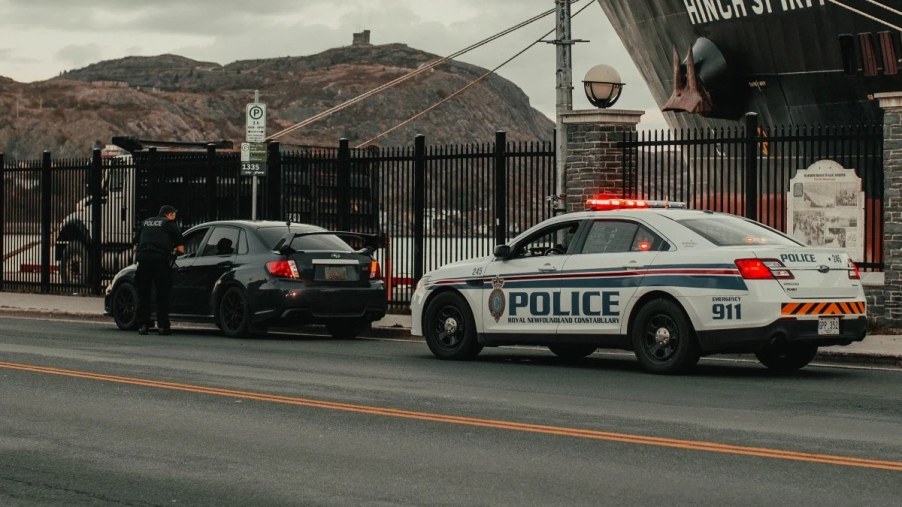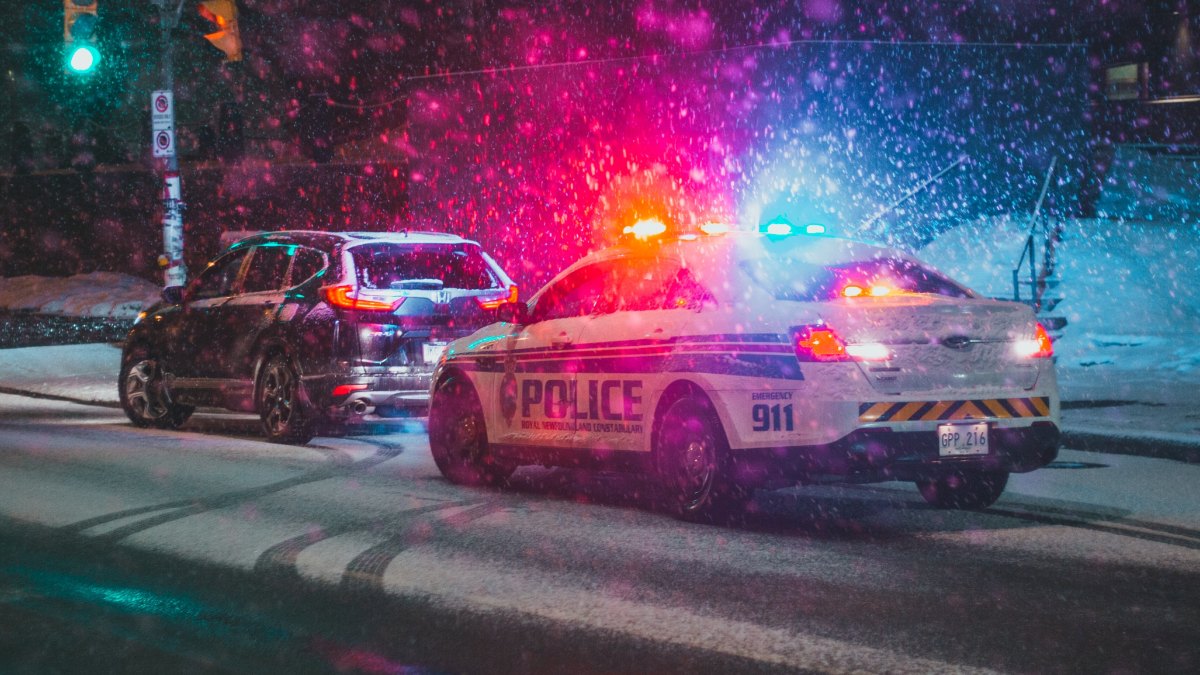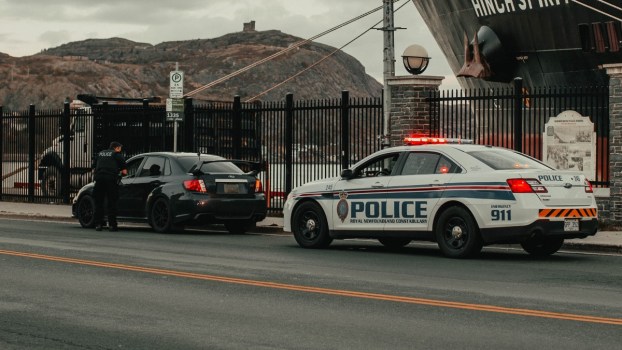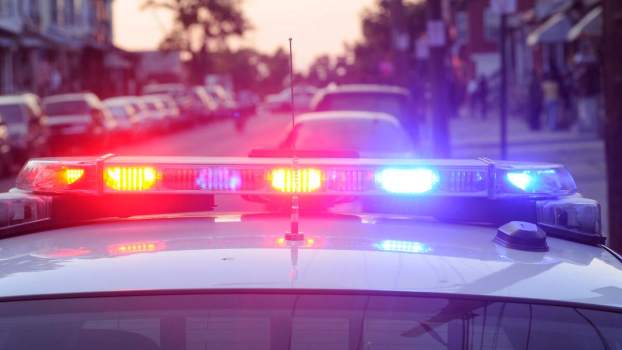
Do Cops Still Touch the Back of Cars During Traffic Stops?
Seeing a police car’s flashing lights in your rearview mirror can be a heart-pounding experience. In the past, when cops pulled someone over, they would touch the taillight or another part of the back of a car. This practice was primarily for safety reasons during traffic stops. However, do police officers still follow this routine? And if so, why?
3 reasons why police officers touch the back of a car after pulling someone over

Here are three reasons why cops touch the backs of cars during traffic stops:
- Ensure that the vehicle’s trunk is closed
- Leave fingerprint evidence to prove the police officer was at the scene
- Startle drivers in possession of prohibited items
Police officers still follow the practice of touching the taillight or another part of the back of a car. However, advances in modern technology, such as dashboard cameras, make this procedure somewhat unnecessary, particularly for the second and third reasons.
Officers want to ensure the car’s trunk is shut
Though rare, there’s a possibility someone could be hiding in the trunk. They could jump out as the police officer approaches the vehicle. To avoid ambush, a cop touches the trunk to ensure it’s closed and latched.
“When law enforcement officers conduct a traffic stop, there are plenty of procedures that need to be done, not only for the safety of the violator but for the safety of that officer,” Florida State Trooper Steve Montiero told Click Orlando. “The first reason is to make sure that the trunk is closed. It may sound a little crazy, but you want to make sure that no one is about to jump out of the trunk and that it’s properly secured.”
Police want to leave evidence they were at the scene
The second reason cops touch the taillight or another part of the back of a car during a traffic stop is to leave fingerprint evidence. It would prove they were at the scene. If there were ever a criminal investigation related to a driver and a police officer, investigators could use fingerprints as evidence. Examples include cases related to car accidents or shootings.
“Touching the rear of the vehicle puts the officer’s fingerprints on that car, showing that he or she was there with it,” Trooper Montiero explained. “In case the driver decided to flee the scene, or if something happened to that officer, it ties both the vehicle and the officer together. This is just one of the many things that take place during traffic stops to ensure everyone’s safety.”
Cops touch the back of cars to startle drivers in possession of contraband
The third reason police officers touch the taillights or other parts of a vehicle is to startle the driver. During traffic stops, cops face the risk of dangerous situations. They could involve prohibited items like guns, ammunition, or drugs. If a driver illegally possessed those items, they’d likely want to hide them before the officer approached the window.
Touching the back of a car is a way to prevent motorists from trying to conceal illicit items. The driver probably doesn’t expect to hear or feel a tap on their vehicle and, thus, becomes startled and hesitates. That pause gives the police officer time to see if the driver has anything to hide.
According to The Law Dictionary, this startling tactic has several proven benefits. They include increasing the arrest rate of drunk drivers, sellers of illicit substances, and people with unlicensed firearms.
So, if a police officer pulls you over, don’t be surprised to hear or feel a tap on the back of your car. It was likely for one or more of the above reasons.




